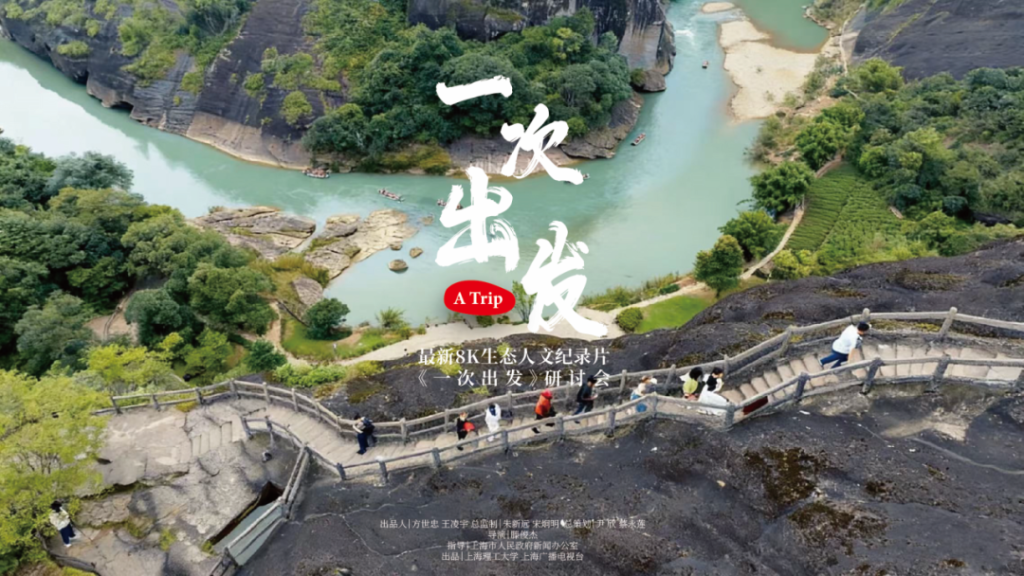
The 47-year-old Ju Anqi seems to have reached the "middle-aged rebellious period". He sold his house and traveled all over more than 20 provinces. He is doing something that ordinary people can't understand - making documentaries of old buildings.
Back when he was 23 years old, he held up an old Arri 16mm movie camera and a microphone refitted from an old TV antenna, and rode a tricycle all over the streets in Beijing to ask people, "The wind in Beijing Is it big?" At that time, the people who were asked were confused at first. "The Wind in Beijing" was shortlisted for the 50th Berlin International Film Festival and became a milestone of Chinese experimental films in the future.

On June 11, Ju Anqi at the Shanghai International Film Festival Golden Goblet Award jury media meeting
Ju Anqi was born in Xinjiang, China, and his ancestral home is Nanjing. As the first generation of independent directors in China, he graduated from Beijing Film Academy and seven other filmmakers including Jia Zhangke and Wang Xiaoshuai are known as the "Seven Gentlemen of Independent Film". His works have participated in more than 40 international film festivals, and have also been exhibited in top international art institutions such as the Pompidou Center in Paris, the Museum of Modern Art in New York, and the Guggenheim Museum in New York.
In Ju Anqi's film chronology, documentaries and dramas are completely mixed together. According to his words, "documentary has always been a clue for my creation."
In particular, "The Poet Is on a Business Trip" was filmed in 2002 and completed 12 years later. Later, this film won the "Best Asian Film Award at the 44th Rotterdam International Film Festival" and "The 16th South Korea Quanzhou International Film Festival Award". "The highest award" has inspired many independent filmmakers in China.
In 2019, the theatrical film "The Trophy Floating Over the Sea" directed by Ju Anqi won three awards at the 3rd Pingyao International Film Festival, and the starring Wang Xuebing won the Best Actor Award. ".
At the meeting of the judges of the Documentary Unit of the Golden Goblet Award at the 2023 Shanghai International Film Festival, judge Ju Anqi mentioned his latest documentary "The Building", which is the screening film of this year's Shanghai Film Festival and is also part of Ju Anqi's "Three Chinese Architectural Heritages". The first part of "Song".

"The Building" Poster
"I'm photographing this architectural heritage almost in an amateur way, it's a bridge between the past, the present and the future. The trilogy doesn't have to be beautifully shot, but the most important thing is to form a 'documentary ', and become a window for the world to see Chinese architecture." At present, "Building" and "Factory" of the trilogy have been completed, and the third "Village" is being filmed.
During the Shanghai International Film Festival, The Paper interviewed Ju Anqi, he talked about his understanding of a good movie: "A good movie always consists of three parts, especially for documentaries, first, movie language Second, the intervention of social reality, and third, the revelation of the depths of human nature."
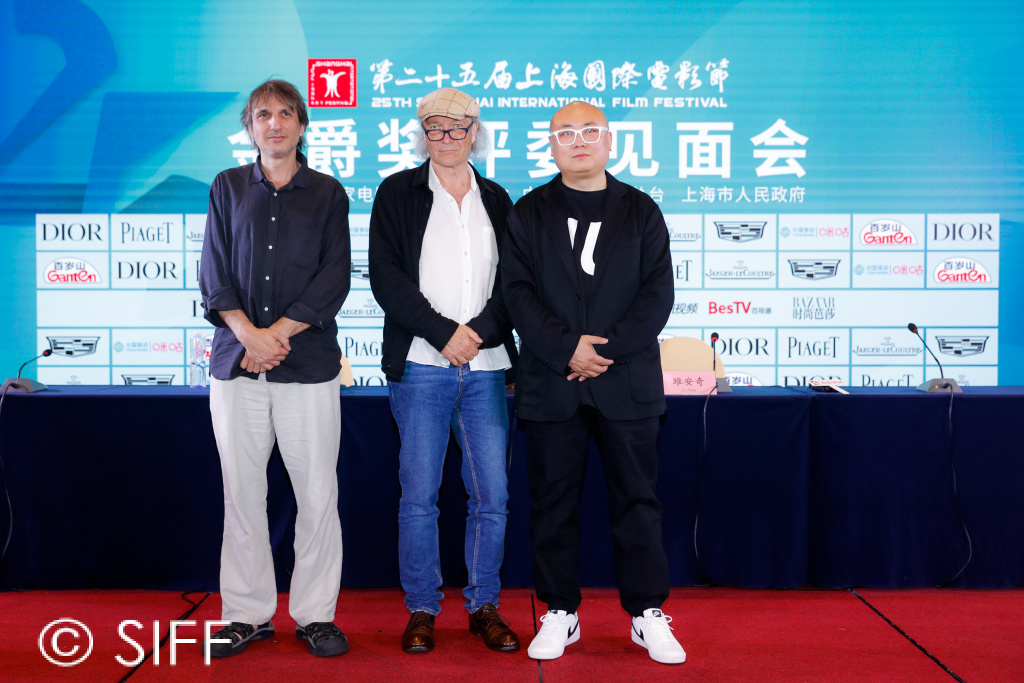
Jury members of the Documentary Unit of the 25th Shanghai International Film Festival Golden Goblet Awards, from left to right: Atanas Georgyev, Christian Frey, Ju Anqi
He also said frankly that currently, filmmakers still do not have enough exploration of film concepts. On the contrary, in the art circle, they will put their concepts first.
"In recent years, artists have also made a lot of films. For example, the director of "12 Years a Slave" Steve McQueen (Steve McQueen), he is also a crossover between film and contemporary art. Successful, and at the same time the winner of the British Turner Prize, contemporary art is also at its peak.”
Ju Anqi believes that the shooting of documentaries, especially for young creators, is a very effective training. It is very important for the scheduling of the scene and the conception of impromptu movie narrative.
Since 2019, Ju Anqi has continuously photographed nearly 100 Chinese architectural heritages, showing how they are renewed and revitalized today, such as Zhizhu Temple, Quanyechang, Shangsheng Xinsuo, Lenghu Oil Base, Yongding Tulou, etc. etc., and visited 85 architects and scholars, including Liu Jiakun, Ma Yansong, Huang Yinwu, Qingshan Zhouping and others.
Since doing this, he has received a lot of cynicism, whether it is family or friends. "I came to the studio. I thought you were cool and wanted to learn something else from you, but you are just taking photos of old buildings, which is so boring... Really, let young people live deep in the east of Beijing A rural area, who can bear it."
But he is also admired by more people. Some people call him "Liang Sicheng holding a camera". He smiled and said that this is a bit too much praise. He is just a foreign monk who rushed in without knowing the depth.
As for his artistic concept, one of Ju Anqi’s documentaries "Deep Night" once revealed, "You need to rebuild and then destroy it again and again. This is history..."
【dialogue】
One of the most important cores of film is creativity
The Paper: "The Wind in Beijing" you filmed at the age of 23 is a very hard-core work. You have often participated in film festivals in recent years. By comparison, do you think there are any similarities or differences between this generation of young documentary creators? ?
Ju Anqi: "The Wind in Beijing" is actually a transition from literary to philosophical. The meaning of this sentence is that there is a lot of understanding of reality and an attempt to innovate the form of film. We were very impulsive at that time, and we did it without thinking too much. In fact, it’s just one thing, young people don’t think too much, just do it.
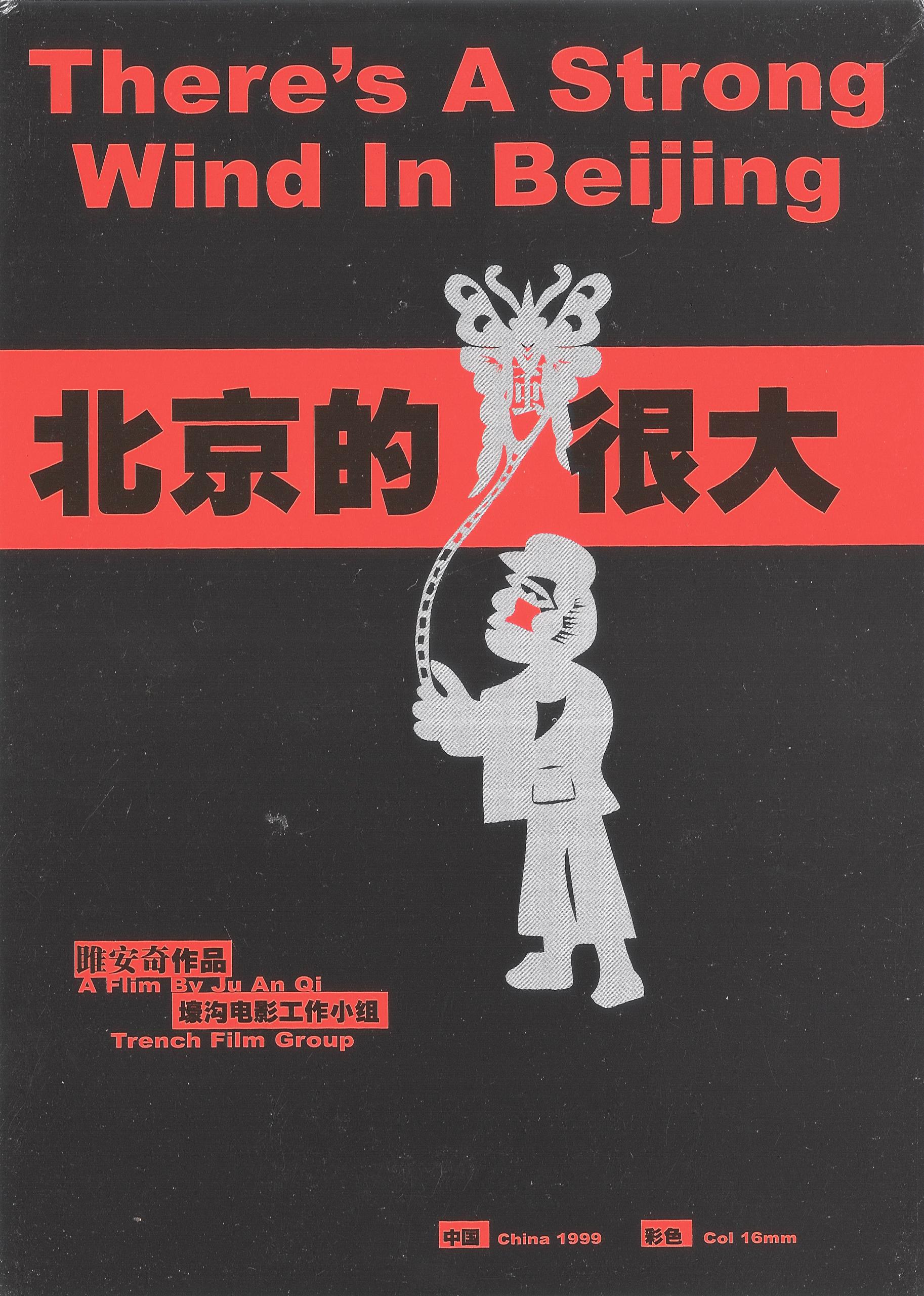
"The wind is strong in Beijing" poster
Today, there are countless basic tools for us to learn movies. Whether it is fragmented or resource-based, there are many choices for young people.
There is a word in literature called puberty writing, just like how many boys and girls in adolescence can write a few lines of poems, but then they stop writing. How do you confirm that you are a professional creator? There is a dangerous edge here, especially in practice. It is important, because "discovering yourself" is not achieved overnight, but a process of gradual realization, and don't be frightened by stagnation, everyone will stagnate, and it took me a long time before I got the "Poet on a Business Trip" after my debut.

"The Poet Is on a Business Trip" poster
The Paper: Do you have your own list of films you want to see for this film festival?
Ju Anqi: I don’t have much time to participate in various activities at the film festival. Apart from watching movies, I read manuals. Especially for directors of my generation, I have a strong sensitivity to words. This stems from my film education. Back then, I didn't see too many movies.
The worst book I have read is the two volumes "World Film History" published by China Film Publishing House in the mid-1980s. The author is the German film critic Ulrich Gregor (Ulrich Gregor). The above is my reference book, which I read every day, and I still take it out to read from time to time to find the charm of movies from these words. The formation of many of my film concepts and understanding of films actually come from this book. Conceive how this movie started from the text, and why Mr. Ulrich admires the movie so much? How exactly did he develop his cinematic approach? It can be said to be my mentor in film all the time.
Before I was 30 years old, I had watched 5,000 movies. When I was in film school, I borrowed 10 movies at a time. Pulling movies is a kind of educational thinking. You don’t have to watch all of them. Maybe you can skip and watch and learn something else. Movies are a comprehensive consciousness. Whether it is creation or review, 5,000 films are enough to digest, and you will have to watch them repeatedly later.
The Paper: In the 1980s and 1990s, there were actually a lot of explosive things left behind, which are not outdated now. Although the production volume is high today, it still feels like most of the fast-moving consumer goods. What is missing from our vision?
Ju Anqi: Sometimes it seems to be a phenomenon. Our film education seems to be open but actually closed. Surrounded by various external factors, creators cannot open it.
One of the most important cores of movies is creativity. Our weakness is that we accept too much and create too little. With too many platforms, the thinking of young people is bound to be fragmented, and people themselves are also lazy. This is also what makes it difficult for our young people today. It seems that they are not able to do one thing quietly and attentively. Of course, there are exceptions. This is a characteristics of the times. Of course, I think the more chaos there is, the more a new trend will emerge, and new people will come out of the sky. In fact, generations of filmmakers have come out like this. Martial arts must be cultivated. Let’s see who has the strongest retreat ability. Just like what Duchamp said, they are all created secretly, and I am still full of confidence.
I think all professional filmmakers, including movie fans, still have this desire in their hearts, so we have heard more names than ever in the past few years, Northeast New Wave, Xinjiang New Wave, Tibetan New Wave... One day, I suddenly belonged to When I came to Jiangsu New Wave, I was very surprised. They said that my ancestral home was Nanjing, Jiangsu. This shows that they expect aesthetic subversion and revolution.
The Paper: Films made by cross-border artists are still remarkable, such as Qiu Jiongjiong’s series of works, last year’s war-themed film "Above the Sky" co-created by teachers and students of the China Academy of Art, and this year’s various forums are also talking about it. , Encourage people with interdisciplinary professional backgrounds to make documentary films.
Ju Anqi: You are right, interdisciplinary creation is indeed more important today. Jiongjiong's movies, Mr. Zhihai's movies, in fact, they have made a lot of efforts to break through the concept of movies. Sometimes when we watch movies from the New Hollywood era in the United States, or even the batch of movies that rose in Japan after the 1960s, they are also composed of platters. We can still expect fusion in many directions today.
We must first have an innate understanding of movies, hope to make a different movie, and then slowly find our own method from all aspects of movie narrative, in order to make something refreshing.
Why film the "Heritage Trilogy" "Building", "Factory" and "Country"
The Paper: China's architectural heritage sounds very difficult to photograph. What kind of "stimulus" does an artist receive when photographing old buildings?
Ju Anqi: In 2008, my documentary "Nights in China" won the Jury Prize at the 39th Swiss Real Film Festival (Visions du Réel). When I went to Switzerland to accept the award, I saw a movie in the cinema about how old Japanese architecture influenced global architects. It was really "stimulated" at that time. In a foreign country, I saw that the cultural origin is the same. Japanese architecture is still a part of oriental architecture, which has influenced the world, especially the admiration of Japanese architecture by Nordic architects. I have mixed feelings, why are the old buildings in China not known to the wider world?
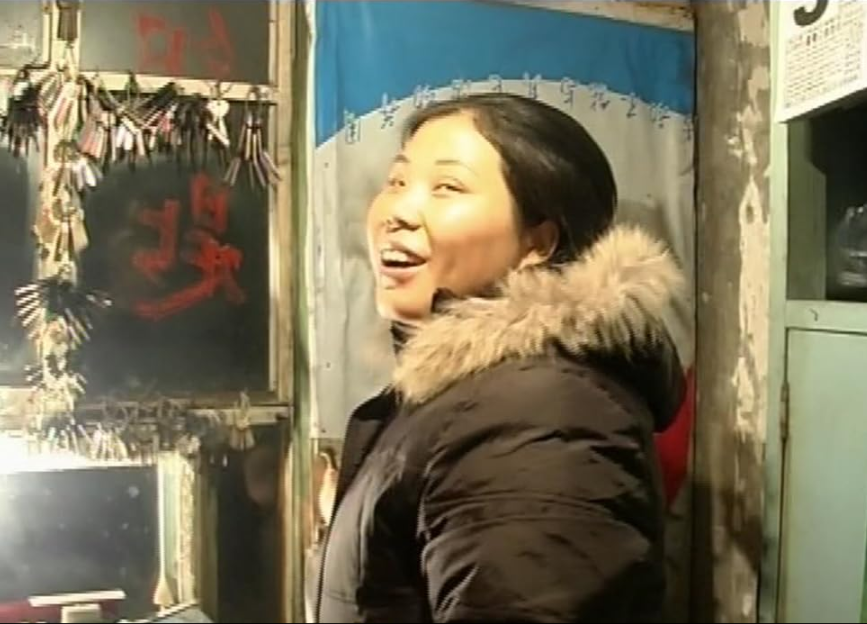
"China Night" stills
In 2009, China was at the peak of demolition and construction, and many old buildings were disappearing. It was really hard for me to calm down. I sat in the cinema and thought that one day I could make a movie about old Chinese buildings.
Until the winter of 2019, I was still shooting a feature film in Hulunbeier. Later, the new crown epidemic began. The traditional film industry, distribution companies and production companies all stagnated. After the studio partners came back one after another, we were thinking, Under such conditions, what to do? There were five or six people in the studio at the time, and we decided to patiently photograph the architectural heritage.
The Paper: At first glance, amateur players did a professional job with enthusiasm. After all, there are too many old architectural heritages involved, so there must be many obstacles to doing it privately, right?
Ju Anqi: Yes! The one you want to shoot may not be able to shoot due to various reasons. Funding is one aspect. Selling the house is a later thing. To keep learning, experts, scholars, officials, who to interview? You have to learn that in many cases architecture is also cultural politics and land, which also involves interests.
Many people feel that it is thankless, and such a movie has no box office, but I just feel that I hope to make it a public movie, so I applied for the record of the Film Bureau, and I want to use a movie to intervene in public awareness. , this is the most important. Later, the leaders of the Ministry of Housing and Urban-Rural Development learned about my situation and asked me to go to the National Film Bureau for a meeting. It was the first time I went to the National Film Bureau, and I was very nervous. They also asked why you wanted to make this film. I roughly said, They were also very touched. They told me that some relevant policies of our country are being formulated one after another, that is, the protection of architectural heritage should be included in China's national policies.
The Paper: Documentary research is the top priority. Team building, how to shoot, and what to shoot? Can you briefly talk about the previous work?

"Factory" poster
Ju Anqi: The peak of the studio is 15 people, and during the period, it is basically maintained at about 8 people working on this matter. For a film of this size, it is really like ants shaking the tree. For example, when we shoot the industrial architectural heritage "Factory", we will first look through the catalogs of the large industrial factories in Northeast China, which ones have been abandoned and which ones are being remodeled, search the Internet, and make phone calls one by one. How to transform the old factories in the 1950s and 1960s, for example, we photographed the former Hongmei Monosodium Glutamate Factory into an industrial park today. Indeed, as you said, the basic research work is extremely complicated. It is not an exaggeration to say that our basic research materials fill up the entire four large filing cabinets. Afterwards, complete information will be made on the key buildings, from why it was built, to the conditions it faced before the renovation, and finally to after the renovation, the desk work of this film is really unprecedented.
The Paper: I saw the trilogy proposal in this year's Lili Documentary Conference proposal. In addition to the tough aesthetic style of the film, the editing of expert interviews is very moving. Many architectural experts talked about choking. Why is it cut like this?
Ju Anqi: Through photography, we have also discovered the deep side of the relationship between experts and scholars and architecture. When the Ministry of Housing and Urban-Rural Development held the 50th anniversary conference, our film was shown. The leader also said that he thought Ma Yansong was a very avant-garde designer, but Mr. Ma said that traditional architecture had a great influence on him. So this is also a kind of communication and understanding given by the film to reality.
Through the shooting, I have a great feeling that every architect has a dream of architectural heritage, and their attention is completely earlier than that of ordinary people.

"The Building" Poster
It seems that no one is doing this matter, but in fact, many people have been silently paying attention to it, but sometimes it is difficult to promote it alone. What Liang Sicheng and Lin Huiyin did in the 1930s and 1940s was the protection of architectural heritage. It was a little bit of drawing with a pen. To me, I am an amateur, but with a camera. I am a foreign monk with bold courage. , So he made up his mind to do this.
My original intention is not to make a beautiful movie, I also hope to make a good movie. For example, the Japanese architect Shuhei Aoyama once said, how is the sunlight in the Hutong in the morning, at noon, and at night, and how is the structure of the house? To put it bluntly, to make it beautiful, a film crew of 200 people should do it in three years. With my current size, I can record it in time with video. In the future, it will be of documentary value. . How to protect old buildings and what kind of blows they received is not a narrative context, but a superposition of concepts. Understanding China's architectural heritage is such a status quo.
The Paper: During the filming process, do you think the status quo of old building protection has changed? Will your shooting have some impact on reality?
Ju Anqi: I just said that the Ministry of Housing and Urban-Rural Development released this film during the conference. After the conference, more than 30 people contacted me. They would be very surprised that there are cafes in these old buildings in the film. , can also build a Michelin restaurant, for them, they dare not do it. Therefore, the real situation photographed will bring some influence and changes. After all, it is a protected old building. Many people dare not make a conclusion. Is it okay to do so? Until they can see that someone has actually done it, and done it successfully.
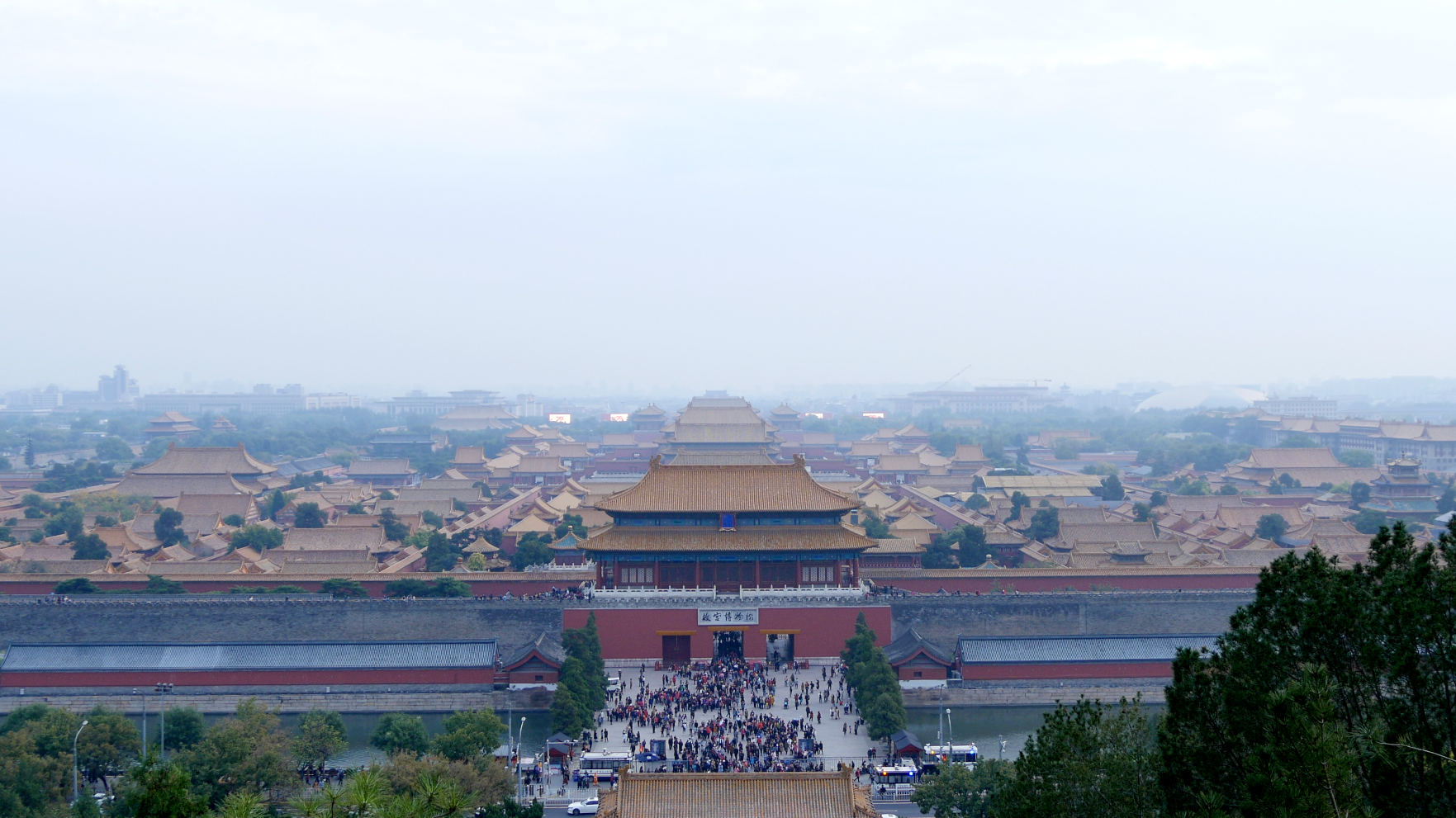
Stills of "The Building"
Our country has indeed gone through some detours before. Of course, first-tier cities will be better. For example, an old building in Gansu was locked up after repairs. Some places have gone through this process. put the lock. For example, Mr. Weng Shounuo in our film restored Zhizhu Temple, an ancient temple in Beijing that had been dilapidated to such an extent, and restored the original architectural state of the temple, adding a gallery and a restaurant inside, so today it is in the whole world. In the world, the revitalization of architectural heritage is another word we often talk about now, that is "urban renewal".
I also have another idea, which is to finally establish a Chinese architectural heritage image center, in order to continue to do it in the future, to build its own database for each province and city. Of course, I also appeal to the whole society to build this thing together.
The Paper: Professor Li Qianlang from the Department of Architecture of Taiwan Cultural University said, "The protection of this generation is only to delay its damage speed. It should be broken in a hundred years. We let it be damaged in 150 years and let it repair the cycle. Lengthen it, and repair it every 60 years.” Revitalizing once does not mean long-term, every architectural heritage needs to have public awareness like a relay race, so we must think further before revitalizing.
Ju Anqi: That's right. In the case of the renovation of Zhizhu Temple, Mr. Lin Fan, the person who revitalized Zhizhu Temple, also said, "An old building is like an old man, you have to take care of him constantly."
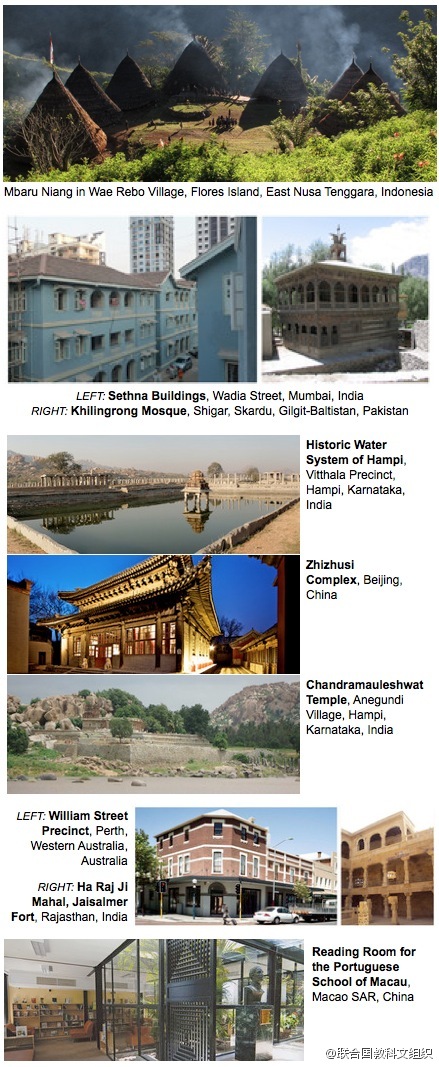
The Zhizhu Temple complex in Beijing won the 2012 UNESCO "Excellence Award for Cultural Heritage Protection in the Asia-Pacific Region". Picture from: Official Weibo of UNESCO
How can this kind of continuous care be persisted? On the one hand we use it. The second aspect is that the state should support it. In 2012, after several restorations, Zhizhu Temple was awarded the "Excellence Award for Cultural Heritage Protection in the Asia-Pacific Region" by UNESCO. As far as revitalization and renewal are concerned, it has a certain representative significance. In addition, based on national policies, and after we have aroused public awareness through the film, I believe that the protection of architectural heritage will definitely develop benignly in the future.
The Paper: I'm actually more interested in "Xiang", which can touch on some of the more down-to-earth changes in Chinese history and culture. Can you talk about the concept of "Xiang"?
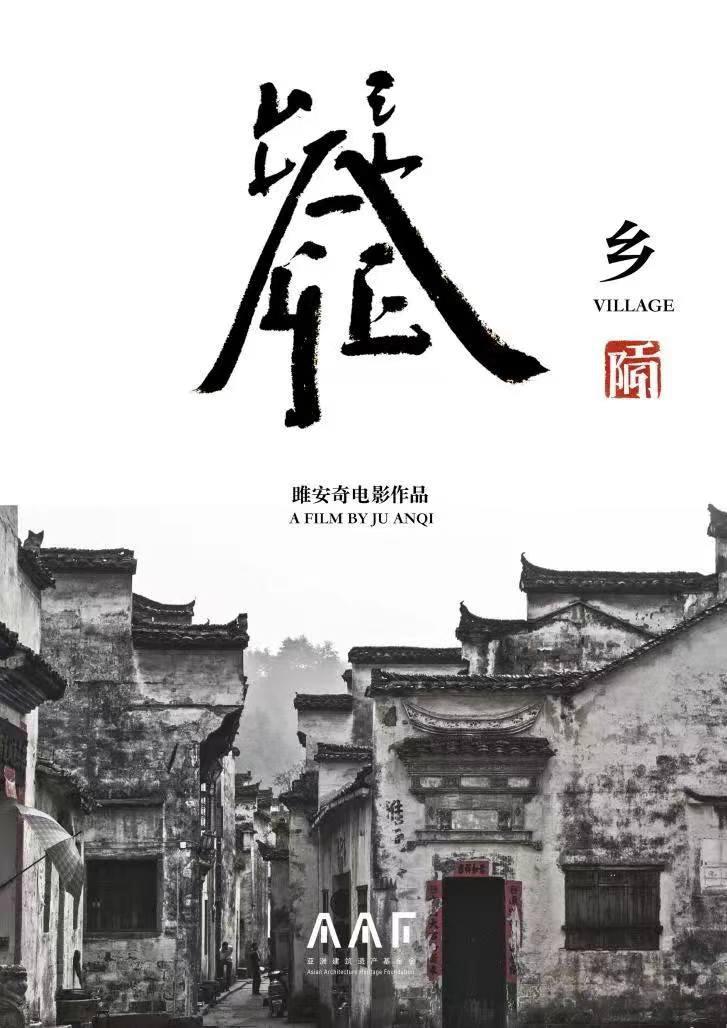
"Country" poster
Ju Anqi: China has a vast territory, great geographical differences, and many ethnic groups, so its architectural styles are very rich. First we went to Jianchuan, where there is a professor named Huang Yinwu who has been there for 20 years. I was really surprised. If you ask a local farmer who sells vegetables, she is very familiar with what Huang Yinwu's team does. Therefore, the protection of architectural heritage is by no means a one-time event. It must be something that needs to take root locally and continue to do it.
I really want to make "Rural" a little bigger, first record the old rural buildings, and secondly, I also hope to see the current predicament and development direction. There are many stories in the countryside, and it is more dynamic than "Building" and "Factory". For example, an old house in the Republic of China in southern Xinjiang still has that kind of blue door, which is very interesting at first glance. The reason why these old houses are still alive today is because there are still people living there.
For "The Township", it is not only an understanding of protection, but also a healing of the soul. I hope that when the audience sits in the movie theater to watch in the future, they will feel a kind of nostalgia. We talk about rural revitalization today. Rural revitalization is not empty talk. In the past, there was actually a gap between the city and the countryside. "Rurality" should allow us to re-express our emotions for the countryside and evoke our memories of architecture.
The Paper: Will there be some spin-offs after the "Legacy Trilogy"? Such as photo atlas and so on.
Ju Anqi: There will definitely be. After all, the carrying capacity of a film is limited, so now I am going to make it into an architectural dance drama.
We Chinese always say that the building is empty when people go to it. Now the building is still there, but the people are gone. How can the stories of generations connect it together? I will integrate architecture and modern dance. At the same time, we also edited a book with 280,000 words. In fact, "The Building" alone is 280,000 words. It looks more like an oral history of architecture. For these architects, scholars and experts, what is touched in the film is a part, and the architecture has its ins and outs in their hearts, including those interviewed ordinary people who may have lived in old buildings since they were 12 years old. Residents, the mental journey of these people may also be a very important document. I hope people can see books like this in libraries in the future. I sincerely hope to keep doing it, and hope that more insightful people can participate in it. I warmly welcome it.

